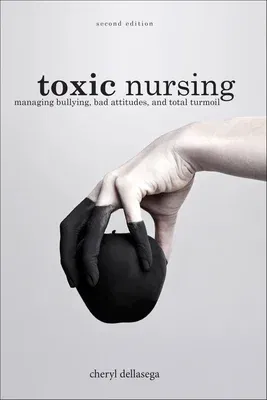Today's nurse managers--tasked with a wide array of responsibilities
from staffing and budgeting to promoting safe and effective patient
care--face unprecedented demands in their role as leaders of the largest
healthcare workforce in the industry. They must be clinically competent,
relationally savvy, and administratively gifted--and find the time to
create and sustain a healthy work environment. In addition to those
demands, the lopsided aging of the population has had a double impact:
More nurses are retiring from the profession at the same time as elderly
baby boomers require increasingly complex and costly care. As nursing
workforce retirements increase, a continued push for effective
leadership will be critical to healthcare outcomes in the coming
decades. As workforce shortages continue, it will be critical to educate
managers who can advocate for, support, and empower staff. Healthcare
organizations have a duty to provide nurse managers with the tools and
support needed to manage effectively. Toxic Nursing is an integral
part of that education.
Each chapter begins with an overview of particular areas where nurse
toxicity often arises. Following that is a section titled "Clearing
Toxicity: Scenarios, Insights, and Reflections." Here there are
scenarios based on real-life accounts, with insight and advice from
nurse leaders--a group of 31 experts in nursing management who were
asked to respond to the narratives from the perspective of preventing,
addressing, or minimizing the consequences of conflict. Experts were
asked to avoid citing references and rely on their own experiences and
intuitive skills to provide practical advice about the situation.
Following the "Nurse Leader Insight" section are "Reflections" with
prompts to help readers explore the issues presented.
At the end of each chapter is a section called "Fostering Cultural
Change" that can help guide you as you explore with your staff methods
to decrease toxicity and promote a healthier and more satisfying work
environment. Toxic Nursing, Second Edition helps nurses--from bedside
nurses to charge nurses to nurse managers--navigate the nuances and gray
areas of toxic behavior.

